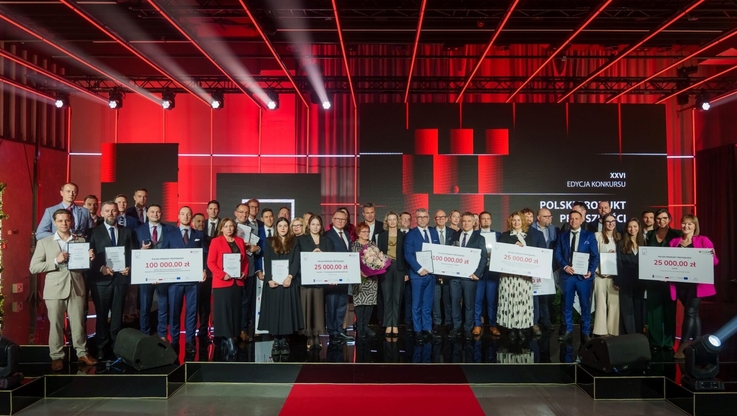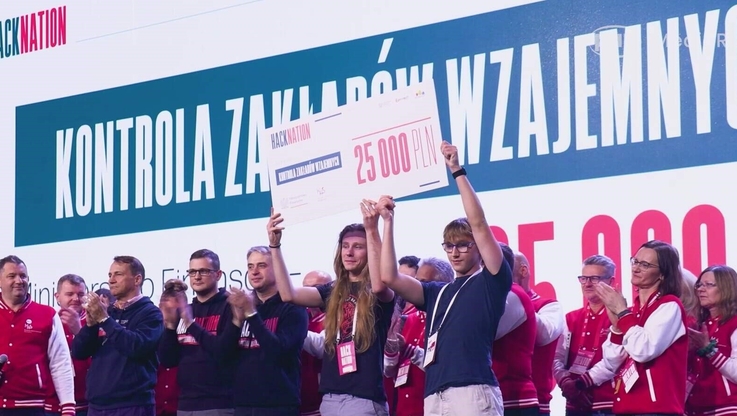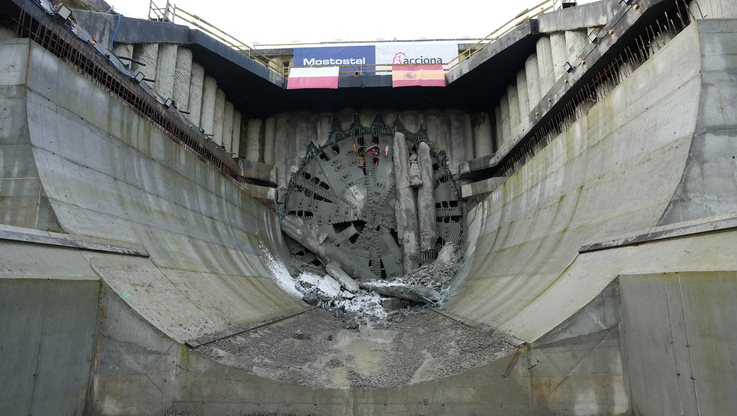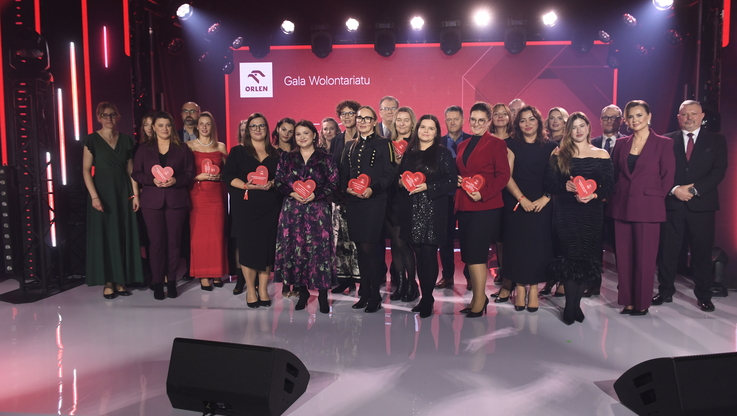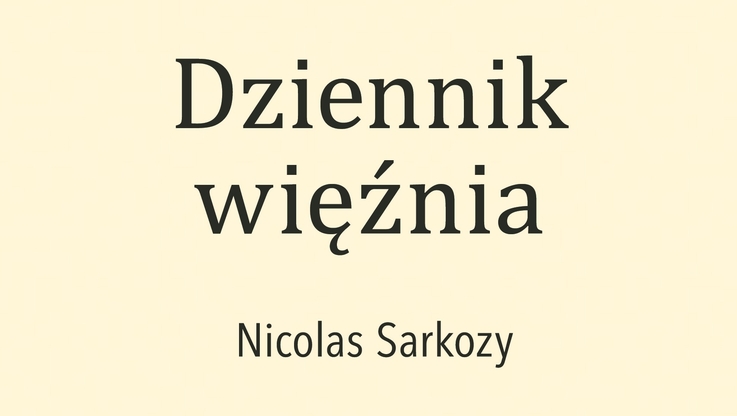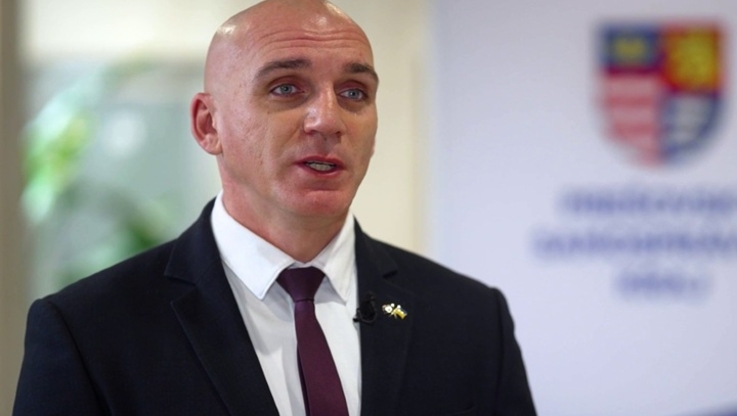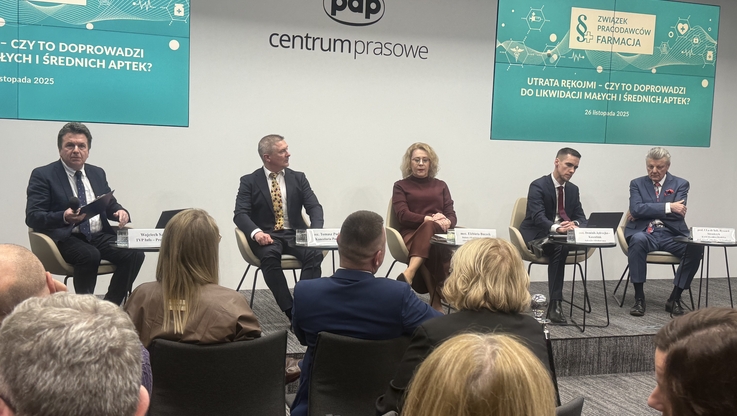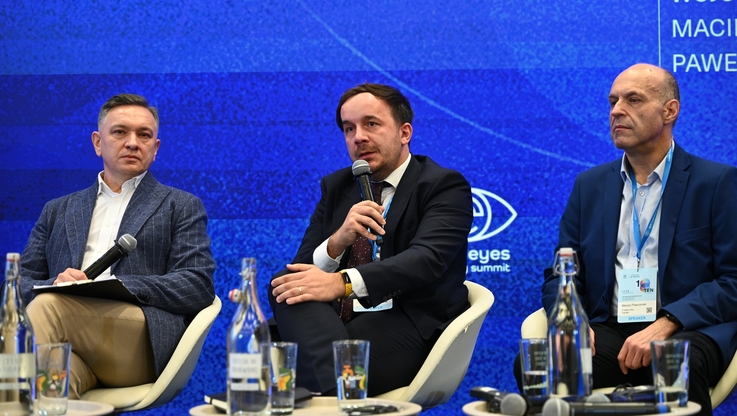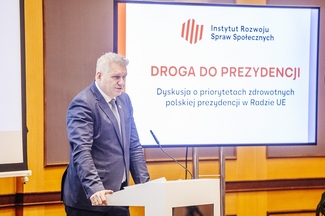Pobierz materiał i Publikuj za darmo
The Warnow seems to be flowing uphill on this cold morning, but it is only the wind that pushes the surface in strong gusts against the direction of flow. This part of the Warnow lies in a nature reserve. The reeds along its banks are home to valuable fauna, birds nest here, and the meadows are a lush green colour even in winter. But the river is not only home to animals and plants, it is also a drinking water reservoir for the city of Rostock.
Prof. Jens Tränckner and his research assistant Alena Seidenfaden are getting ready to take water samples from the Warnow River at the jetty of the Olympic rowing centre south of Rostock. The two are from the University of Rostock and are involved in the EU-funded APRIORA project. The scientists are analysing the water for drug residues. In Germany alone, 35,000 tonnes of medicines are consumed every year. Many residues find their way back into wastewater through excretion and not all wastewater treatment plants are technically equipped to filter these residues. This means that active pharmaceutical ingredients end up in drinking water.
And this is where the APRIORA project comes in. By combining measurements and modelling, the distribution of active substances in the water can be analysed. A detailed risk assessment considers the effects on the aquatic environment, human use and antibiotic resistance. This makes it possible to estimate the individual contribution of each wastewater treatment plant to water pollution.
The implementation of the APRIORA tool in the Baltic Sea region promises environmental and health benefits by enabling authorities to take targeted action to minimise risks. Effective cooperation between scientific partners and authorities is ensured through regular exchanges and training.
The long-term goal of APRIORA is to contribute to the targeted improvement of wastewater treatment in Europe and possibly to transfer the approach to other substances. Interregional cooperation not only produces directly applicable solutions but also promotes the growing European integration on a scientific and social level. Overall, the APRIORA project shows that cross-border cooperation and an interdisciplinary approach can make a significant contribution to tackling environmental problems.
- Videos and images are available at Presseportal -
Description of the project:
Cohesion policy has defined clear objectives for the 2021-2027 funding period: A smart Europe through innovation, a greener, low-carbon Europe, a more connected Europe, a more social Europe and a Europe that is closer to its citizens. Sustainable challenges are becoming the focus of society, particularly in Germany and its neighbouring countries. The "EU4regions" project will produce high-quality multimedia and journalistic information on cohesion policy and then disseminate it widely. Within 12 months, Interreg projects from western and eastern Germany and neighbouring countries/regions will be presented to highlight local challenges. The countries concerned are Poland, the Czech Republic, Austria, Switzerland, France, the Netherlands and Denmark. Our thematic focus is on sustainability, whereby we understand sustainability as a whole. Although climate issues are at the centre of attention, they are complemented by economic and social aspects. The aim is to show how EU cohesion policy affects regions and people.
EU4regions receives funding from the EU Commission.
Contact:
EU4Regions-Team
e-mail: EU4Regions@newsaktuell.de
Source: APA-OTS
Pobierz materiał i Publikuj za darmo
bezpośredni link do materiału
| Data publikacji | 07.01.2025, 09:22 |
| Źródło informacji | APA-OTS |
| Zastrzeżenie | Za materiał opublikowany w serwisie PAP MediaRoom odpowiedzialność ponosi – z zastrzeżeniem postanowień art. 42 ust. 2 ustawy prawo prasowe – jego nadawca, wskazany każdorazowo jako „źródło informacji”. Informacje podpisane źródłem „PAP MediaRoom” są opracowywane przez dziennikarzy PAP we współpracy z firmami lub instytucjami – w ramach umów na obsługę medialną. Wszystkie materiały opublikowane w serwisie PAP MediaRoom mogą być bezpłatnie wykorzystywane przez media. |
